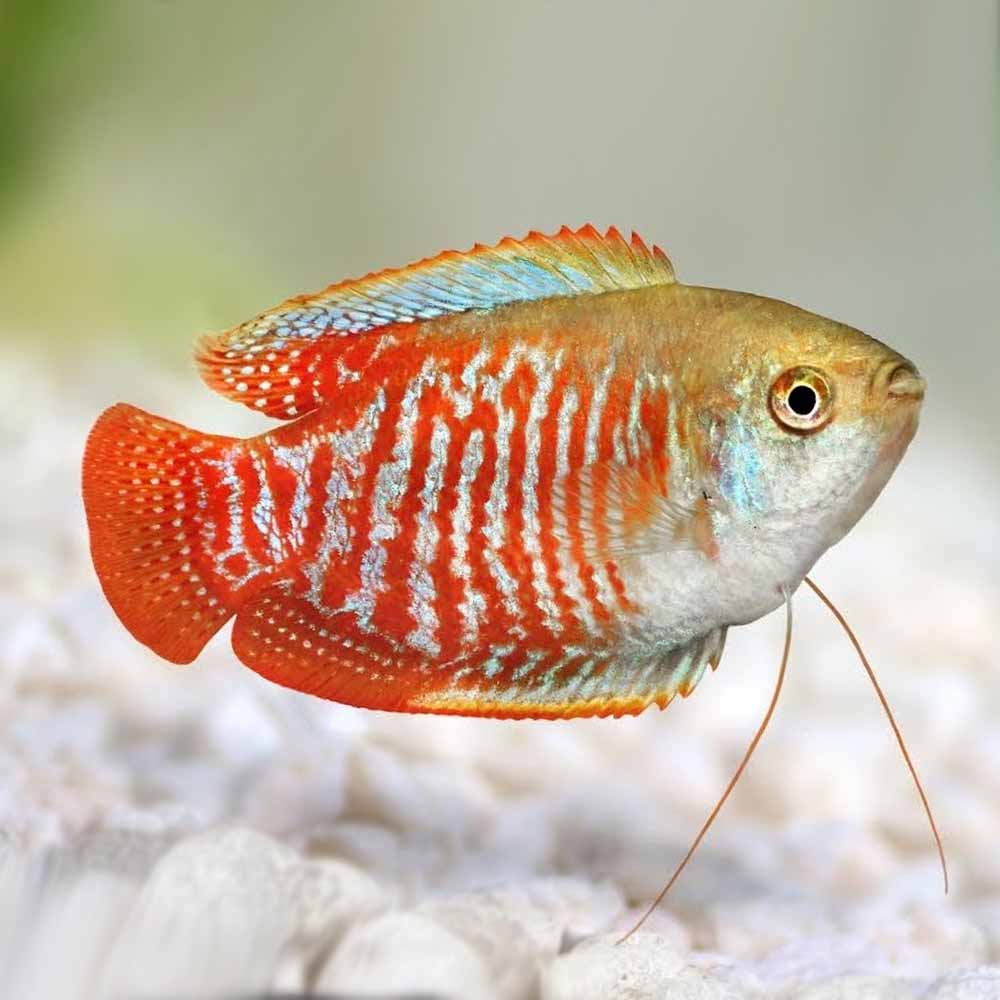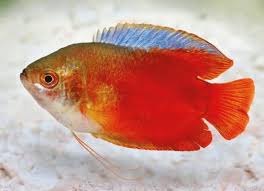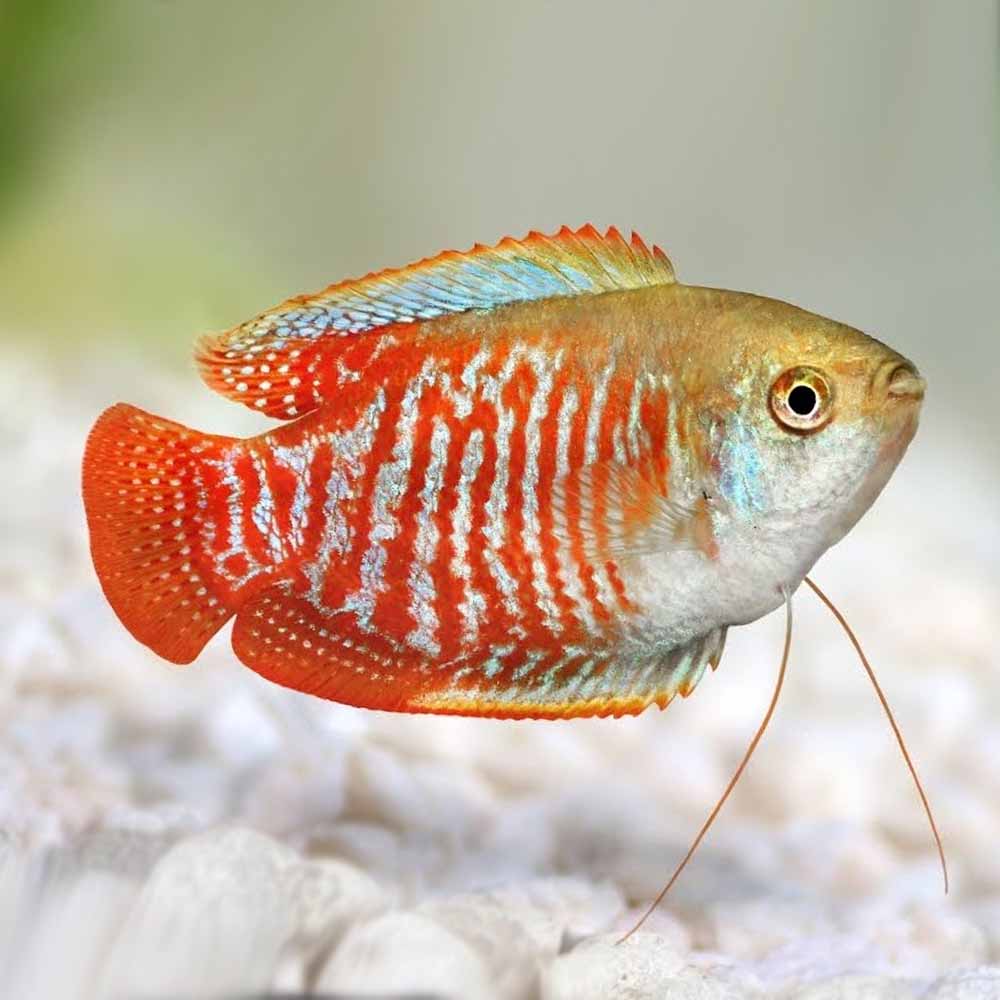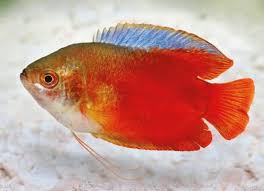Gourami-Dwarf asstd
Gourami-Dwarf asstd
check_circle Fast Shipping
check_circle Quality Products
check_circle Affordable Price
Reach out to us on ''available to order'' items via WhatsApp or email
Out of stock
Couldn't load pickup availability
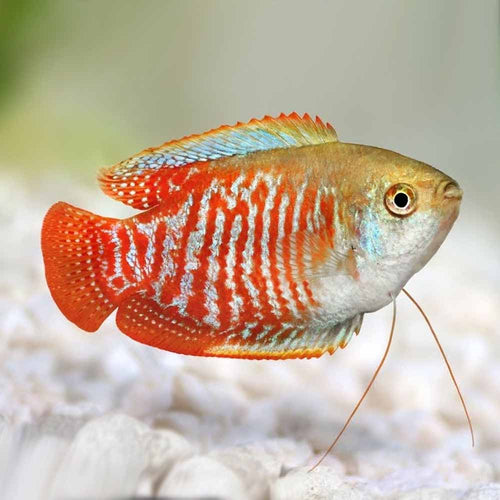
Gourami-Dwarf asstd
package_2
Product Description
Product Description
All our fish, shrimp and corals are bagged with fresh oxygen as well as a heat pack in winter.
When ordering livestock please select the box size and add it to your cart for accurate overnight (1-2 days) shipping costs. A small box can take 1-2 bags and a medium box 6 bags. One bag fits max 10 small (1-3cm) fish or max 2 medium (3-5cm) fish or max 1 large (>5cm) fish.
ONE SPECIES PER BAG. Eg: One bag of 10 neon tetra.
Red Neon Dwarf Gourami (Trichopsis pumila)
Description:
-
Appearance:
- Body: Small and compact with an oval shape.
- Color: Vibrant red or orange with blue or green iridescent accents. Males often have more intense colors compared to females.
- Size: Typically grows to about 1.5-2 inches (4-5 cm) in length.
- Distinctive Feature: Known for its striking color pattern and peaceful demeanor. It has a slightly elongated dorsal fin.
-
Behavior:
- Activity: Generally peaceful and calm. They are known for their serene swimming patterns and gentle nature.
- Social Structure: Best kept in small groups of 3-6 individuals. They can be territorial but are usually not aggressive.
Care Requirements:
-
Tank Size:
- Minimum: 10 gallons (38 liters) for a small group. A larger tank is preferable to provide more space and reduce territorial issues.
-
Water Parameters:
- Temperature: 72-79°F (22-26°C). They prefer warm water and do best in a stable temperature range.
- pH: 6.0-7.5. They thrive in slightly acidic to neutral water conditions.
- Hardness: Soft to moderately hard water. They generally prefer softer water but can adapt to various hardness levels.
- Filtration: Moderate filtration is suitable. They do not like strong currents, so choose a filter that provides good water circulation without creating excessive flow.
-
Tank Setup:
- Substrate: Fine gravel or sand. The substrate should be smooth to prevent injuries to their delicate fins.
- Aquascaping: Provide plenty of hiding spots and cover using plants, driftwood, and rocks. They appreciate a well-planted tank with areas to explore and retreat.
- Lighting: Low to moderate lighting is preferred. Provide a regular light/dark cycle to simulate natural conditions.
-
Diet:
- Primary Food: Omnivorous; feed high-quality flakes or pellets. They will accept a variety of foods.
- Supplemental Food: Offer occasional live or frozen foods such as brine shrimp, bloodworms, and daphnia to ensure a varied diet.
-
Behavioral Considerations:
- Compatibility: Best kept with other peaceful fish. Avoid aggressive or overly large species that may stress them. They can be kept with small, non-aggressive tank mates.
- Social Behavior: Prefer to be in small groups. They can exhibit slight territorial behavior, so ensure there are enough hiding spots to reduce conflicts.
-
Tank Maintenance:
- Water Changes: Regular water changes (20-30% weekly) are important to maintain water quality and manage the bioload.
- Cleaning: Clean the tank regularly, including removing uneaten food and waste. Ensure the filtration system is working efficiently and does not create strong currents.
-
Health Care:
- Observation: Monitor for signs of stress or illness, such as changes in behavior, loss of appetite, or visible symptoms like discoloration or fin damage.
- Treatment: Maintain optimal water conditions and consult an aquarium professional if health issues arise. Common problems include fungal infections and fin rot. Early detection and prompt action are key to effective treatment.
